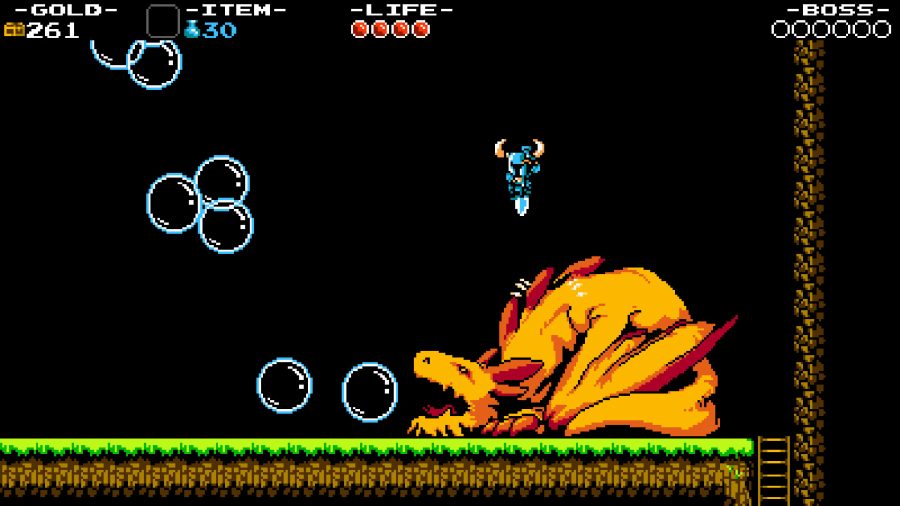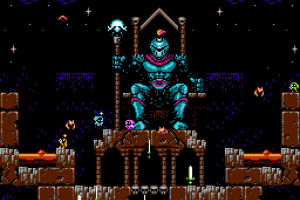In the fast-paced world of modern gaming, where 4K resolution and ray tracing dominate the headlines, it’s easy to overlook the humble beginnings of the industry. Yet, the legacy of retro gaming isn’t just a nostalgic footnote—it’s a foundation that continues to influence how we design, play, and think about games today.
The Birth of an Industry
The late 1970s and early 1980s were transformative years. Games like Pac-Man, Space Invaders, and Donkey Kong captured the public’s imagination and laid the groundwork for the gaming industry. These early arcade hits, despite their technical limitations, prioritized creativity, challenge, and instant gratification—traits that remain core to successful game design.
What makes this era so compelling is the innovation that arose from necessity. With limited memory and graphical power, developers had to rely on gameplay mechanics and clever programming to keep players engaged. This minimalist approach, ironically, led to some of the most iconic experiences in gaming history.
Retro Influence on Modern Game Design
Fast forward to today, and you’ll find that retro sensibilities are more alive than ever. Indie developers, often working with small teams and budgets, draw heavily from the past. Games like Shovel Knight, Celeste, and Undertale don’t just mimic the 8-bit aesthetic—they embody the design philosophies of classic titles: tight controls, meaningful difficulty, and emotional storytelling.
Modern hardware has also given rise to “neo-retro” consoles like the Analogue Pocket, which merges the feel of original Game Boy games with high-definition visuals and modern connectivity. It’s not just about playing old games—it’s about preserving and enhancing them.
Emulation and Preservation: A Digital Archive
The preservation of gaming history has become a movement in its own right. Emulators and ROM libraries have allowed a new generation to experience titles that might otherwise be lost to time. Organizations and enthusiasts alike are fighting to keep classic software accessible, recognizing its value as digital heritage.
More recently, we’ve seen AI used to upscale textures and improve retro visuals without sacrificing authenticity. Machine learning models can remove noise, enhance sprites, or even colorize black-and-white assets with remarkable accuracy. Technology once used for modern photo editing is now preserving gaming history.
Pop Culture and the Pixel Renaissance
Retro gaming isn’t confined to the screen—it’s spilled into fashion, music, film, and more. Synthwave soundtracks, pixel art exhibitions, and movies like Ready Player One (2018) or Tetris (2023) celebrate the cultural footprint of classic games. For many, these aren’t just games—they’re gateways to childhood, creativity, and even identity. From collectible print cards featuring 8-bit heroes to pixelated merchandise and themed apparel, the aesthetics of classic gaming are thriving across creative industries.

Twitch streams, YouTube retrospectives, and speedrunning communities have also breathed new life into vintage titles. Suddenly, a game from 1987 can trend worldwide because someone beat it in record time—or discovered a hidden glitch.
The Future: A Blend of Old and New
As we look ahead, it’s clear that the lessons of the past still matter. Retro gaming reminds us that great ideas don’t need cutting-edge graphics—they just need heart. Whether through remakes, spiritual successors, or original classics brought back via modern storefronts, yesterday’s games are becoming timeless.
So the next time you fire up a game, take a moment to appreciate the pixels beneath the polish. They’re not just history—they’re the blueprint for the future of fun.






 Your total news and information resource for all things Science, Technology, Engineering / Mathematics, Art, and Medicine / Health.
Your total news and information resource for all things Science, Technology, Engineering / Mathematics, Art, and Medicine / Health.
Leave a Comment